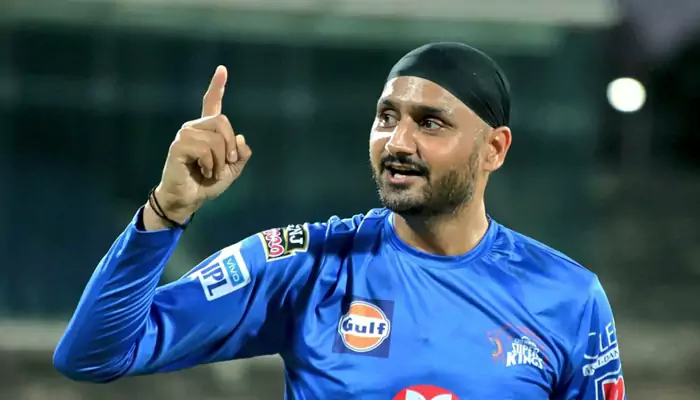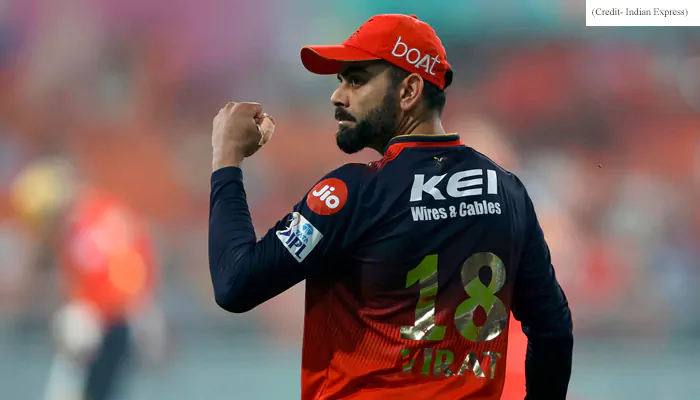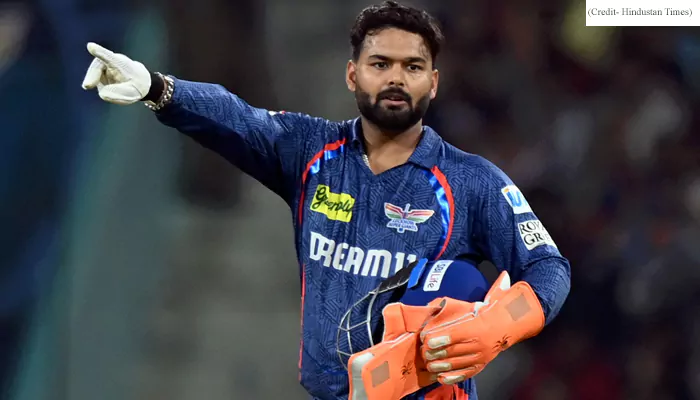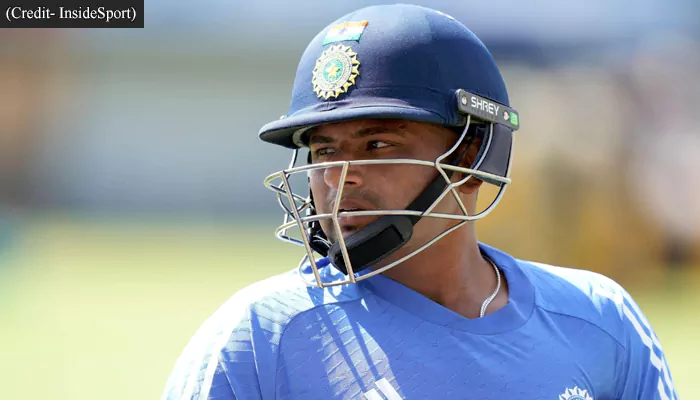Kolkata Derby 2024: The Origin Story of Mohun Bagan Ahead of the Historic 400th Kolkata Derby
- Sayan Guha
- 1 year ago
- 4 minutes read

The first Kolkata derby of ISL 2024-25 will mark the 400th meeting between Mohun Bagan Super Giant and East Bengal FC, on October 19, 2024, at 7:30 PM IST at the Salt Lake Stadium
It’s that time of year again. The streets of Kolkata are alive with excitement. The green and maroon of Mohun Bagan, the red and gold of East Bengal, and the clamour of the spectators reverberate down every alley. But this isn’t just any derby; this one is extraordinary. Not only will this be the 400th Kolkata Derby, but it will also be a game that takes us back in time to the origins of one of football’s most illustrious clubs, Mohun Bagan.
The British crown and a new sport
As the British East India Company consolidated its hold on India in the early nineteenth century, football, a popular sport in England, was gradually brought to Indian shores. Early references to British officials playing sports in Bombay and Calcutta piqued the interest of the natives. However, with India under Company rule, this British sport appeared foreign to many Indians.
The sport did not take off until the Football Association was established in 1863, even in British-ruled India. Matches in Calcutta grew more common, and local Bengali youngsters became interested. Among them was 8-year-old Nagendra Prasad Sarbadhikari, who would become the face of Indian football’s founding legend.
In 1877, a young Nagendra Prasad Sarbadhikari noticed Europeans playing with a ball near the Calcutta FC ground. When the ball landed close to him, he kicked it back into play. This anecdote is the 1st recorded incident of an Indian kicking a football.https://t.co/rCxWcpS41e pic.twitter.com/8ZljJDis4F
— PeepulTreeWorld (@PeepulTreeWorld) October 19, 2020
A boy and his love for football
Nagendra Prasad Sarbadhikari was not an ordinary child. He taught the sport to his classmates and established the Boy’s Club in 1880, laying the groundwork for Indian football. But it was not simple. At the time, upper-class Bengali society frowned upon physical sports and considered them a rowdy pastime. Nonetheless, motivated by Swami Vivekananda’s teachings, which emphasised the value of sports, Nagendra spearheaded the charge.
🟢🔴 Mohun Bagan: The Complete Origin Story.
— Avik Chatterjee (@just_avik) March 10, 2024
🧵 A detailed thread on the East India Company, influence of Nagendra Prasad Sarbadhikari, Dukhiram's Students Union and the three big aristocratic North Kolkata families. (1/24) pic.twitter.com/JjvmZPJFDE
By the time Nagendra was 11, the local teens were not just talking about football but also playing it - and enjoying it. His influence and charm spread like wildfire, and clubs sprung up across Kolkata, setting the basis for what would become one of India’s most renowned football teams.
The Mohun Bagan Villa story
The Mohun Bagan Villa in Shyambazar, Kolkata, was crucial in football’s early history. This home, named after a lovely garden initially owned by the aristocratic Deb family, was converted into a football pitch for schoolboys to enjoy in their spare time. Under the careful attention of local jute trader Kirti Chandra Mitra, and with the land’s name entrenched in Bengali history, this mansion became a magnet for aspiring players.
Glorious Past. Vibrant Future.#JoyMohunBagan
— Mohun Bagan Fan (@MohunBagan_Fan) April 15, 2023
New Gate's photo courtesy: Mohun Bagan Fanatics pic.twitter.com/59IiFBVG8v
Mohun Bagan (meaning ‘charming garden’ in Bengali) was the birthplace of dreams, and football began to bring people from all walks of life together. It was the setting for a club that would soon compete not just with other Indian teams but also with the power of the British.
A club for the common man
In 1884, while local boys played on the grounds of the Mohun Bagan Villa, a disagreement arose about footwear usage in the game. Some believed boots were required to compete with the British, but others disagreed. This argument sparked the foundation of Aryans FC. Still, it also strengthened the remaining players at the Villa.
Bhupendra Nath Basu became the first president of the newly founded club and Jyotindra Nath Basu was the first secretary. The ground in front of the villa was the first practice ground of the club.#JoyMohunBagan#HistoryofMohunBagan#MohunBaganArchive pic.twitter.com/WDTo4r8aXB
— Mohun Bagan Archive (@MBArchive1889) May 15, 2023
These youngsters now received support from three prominent families: the Bose, Mitra, and Sen families. The Mohun Bagan Sporting Club (now Mohun Bagan Super Giant) was established on August 15, 1889, at 14 Balaram Ghosh Street. Bhupendra Nath Bose became its first president, marking the start of this renowned club’s history.
As we gear up for the 400th clash between Mohun Bagan Super Giant and East Bengal FC, let’s not forget where it all began. Mohun Bagan’s story is one of resilience, unity, and dreams – a tale that inspires footballers and fans alike.












